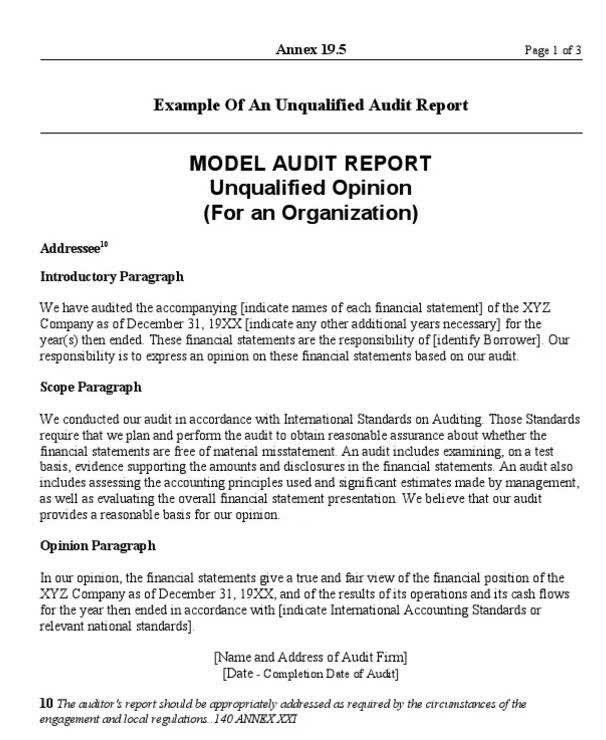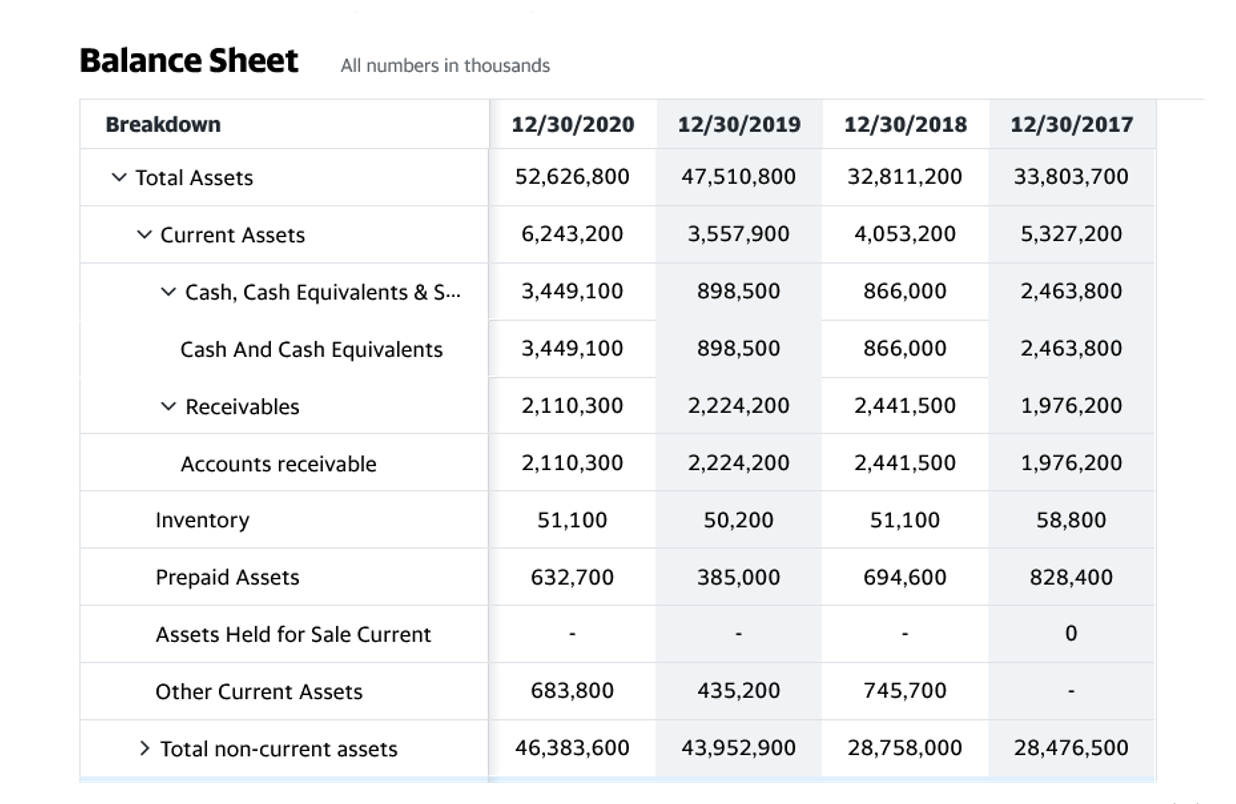A company’s EPS shows you how much money the company made for each common share. “A higher EPS indicates better financial health, greater value, and more profits to distribute to shareholders,” says AnnaMarie Mock, a wealth advisor at Highland Financial Advisors, LLC. However, a company’s real earning capability cannot be assessed by the EPS figure for one accounting period. Investors should compute the company’s EPS for several years and compare them with the EPS figures of other similar companies to select the most appropriate investment option. But in actuality, stock splits and reverse splits can still affect a company’s share price, which depends on the market’s perception of the decision. The net dilution comes out to be 30 million shares, which we’ll add to the weighted average shares outstanding of 150 million.
Dilutive securities can be convertible bonds, convertible preferred shares, or stock options or warrants. We cannot calculate earnings per share without using the number of outstanding shares. Most of the time, the stock of common shares is used in calculations. Many companies preferred to issue more shares of common stock as these are more expensive than preference shares. Outstanding shares include those shares which are brought by the shareholders. Therefore, common outstanding stock refers to the stock of outstanding shares that are purchased by the shareholders.
It is calculated by dividing the net income available to common shareholders by the average number of outstanding shares during a specific time period. “Unlike the basic formula, this includes convertible securities, like preferred stock and stock options that can be ‘converted’ to common stock at any point in time,” explains Mock. “Because there is the potential to have more securities included as common shares, the total number of outstanding shares increases and, in turn, lowers the EPS.” To calculate a company’s EPS, the balance sheet and income statement are used to find the period-end number of common shares, dividends paid on preferred stock (if any), and the net income or earnings. It is more accurate to use a weighted average number of common shares over the reporting term because the number of shares can change over time.
- This hierarchy means that dividend payments have to be considered when you calculate EPS.
- Since every share receives an equal slice of the pie of net income, they would each receive $0.068.
- EPS might go down as a company increases research and development spending — which isn’t necessarily a bad long-term move.
- This means that if Quality distributed every dollar of income to its shareholders, each share would receive 10 dollars.
- Since it is a small company, there are no preferred shares outstanding.
Next, for the subsequent section, we must calculate the weighted average common shares outstanding for each period. To reiterate, the formula for calculating basic EPS involves dividing net income by the weighted average number of common shares outstanding. The formula in the table above calculates the basic EPS of each of these select companies.
Impact of Basic Earnings Per Share
When investing in shares, profitability is an important factor to consider. It is the goal of every investor to make a profit from their investments in a company’s stock. Investors use this metric to compare companies and determine which ones can be more profitable. They also determine which ones potentially offer a higher return on investment. Therefore, in this blog, we will delve into the concept of EPS in stock market, EPS full form in finance, EPS types, and how to calculate earning per share. Earnings Per Share (EPS) is a financial metric representing the portion of a company’s profit allocated to each outstanding share of common stock.
Profit to earnings (P/E) ratios are often calculated using trailing EPS numbers because the figures are set in stone. However, it can be a mistake to focus on past earnings per share data alone because it’s basically old news. It’s already happened, and events of the past don’t necessarily determine what will happen in the future. Trading stocks is all about figuring out a company’s current value and future potential, but the relative value of a company isn’t always easy to judge.
What Is the Formula for Calculating Earnings per Share (EPS)?
Stocks trade on multiples of earnings per share, so a rise in basic EPS can cause a stock’s price to appreciate in line with the company’s increasing earnings on a per share basis. Earnings per share can be manipulated either by adjusting the net income of the company or by adjusting the total number of outstanding shares of the company. It is one of the very useful measures which shows the financial strength and the stock value of the company. We from Odint Consulting are here to give you a detailed description of the formulas for calculating earnings per share in this article. Higher the earnings per share, the more the profitability of the company.
Free Financial Modeling Lessons
This also attracts many new and good investments towards the company. However, no single ratio can tell you all you need to know about a stock. Before investing, it is wise to use a variety of financial ratios to determine whether a stock is fairly valued and whether a company’s financial health justifies its stock valuation. As a result, a company will have more than one P/E ratio, and investors must be careful https://www.wave-accounting.net/ to compare the same P/E when evaluating and comparing different stocks. But in the case of mature industries in which low EPS figures are considered the norm, any companies with negative profitability are unlikely to receive favorable valuations. In comparison, after another year of strong performance, basic EPS is $2.42 as a result of the growth of $25mm in net income and a reduction of 10mm shares.
That is the company’s profit after all expenses, including operating expense, interest paid on borrowings, and taxes. Shaun Conrad is a Certified Public Accountant and CPA exam expert with a passion for teaching. After almost a decade of experience in public accounting, he created MyAccountingCourse.com to help people learn accounting & finance, pass the CPA exam, and start their career. This means that if Quality distributed every dollar of income to its shareholders, each share would receive 10 dollars. No single ratio will tell an investor everything they need to know about a stock. Investors should use a variety of financial ratios to assess the value of a stock.
Public companies are required to report both their basic and diluted EPS, when relevant, in their public filings. There are several EPS calculations that investors may want to use when researching a company. Two common ones are the basic EPS (what’s described above) and diluted EPS. “EPS can vary greatly from one industry to another, so a good EPS is dependent on the company and expectations for future performance,” says Mock. “It’s better to compare the EPS for similar companies as the interpretation can be subjective otherwise.”
Many companies today issue stock options and warrants to their employees as part of their benefits package. Would such a benefit be appealing to you or are they simply a marketing tactic? Although the benefits can prove to be useful, they also come with limitations. Let us take a look at the advantages and disadvantages of stock option benefits. Get instant access to video lessons taught by experienced investment bankers.
Factors increasing EPS include higher net income, share buybacks, and a reduction in the number of outstanding shares. Improved operational efficiency and increased profitability contribute positively to earnings per share. Yes, EPS should be considered when buying stocks as it can provide insights into a company’s profitability. A positive and growing EPS in stocks may suggest a potential for dividends and overall financial health. Certain companies adjust their net incomes to enhance their earnings per share values. This can be achieved through alterations in accounting procedures for reported earnings or by engaging in substantial share buybacks.
In fact, a trailing EPS is calculated using the previous four quarters of earnings. Again, there are 1 million options outstanding, which would bring in $10 million in cash. The exercise of those options would transaction 2021 add 1 million shares to the basic count. In theory, however, ABC could acquire 500,000 shares with the $10 million in proceeds. In other words, Bank of America traded at roughly 19x trailing earnings.
Even if you look at EPS trends, you need to dig deeper to understand why a company’s EPS is rising or falling. Knowing a company’s EPS can be helpful when you’re investing, but it’s only one piece of the puzzle. The net dilution equals the gross new shares in each tranche less the shares repurchased.
It may also exclude the cost of share-based compensation for employees, since that compensation can vary widely from year to year. As with any fundamental metric, earnings per share on its own doesn’t define whether a stock is a buy or sell. Download CFI’s free earnings per share formula template to fill in your own numbers and calculate the EPS formula on your own. One caveat, however, is that high-growth companies with minimal profits at the “bottom line” can still obtain high valuations from the market. EPS gives you a way to measure performance statistically and provides some sort of empirical basis for your decisions. Ideally, you’ll look at all three EPS calculations to get a complete overview of the company’s performance.
It is one of the most important variables used to determine the profitability of investing in a given stock. Overall, you should consider Earnings Per Share as an important metric when evaluating a company’s profitability and potential for growth. You should also consider it in conjunction with other financial metrics of the company. Also, if you are new to the stock market investment journey, you can refer to this article by smallcase – A beginner’s guide to stock market.
Trailing data may not be relevant because it’s based on figures from the past. Current data is a mix and future projections are basically educated guesses. Why would companies like Tesla go public and give away part of the company?








